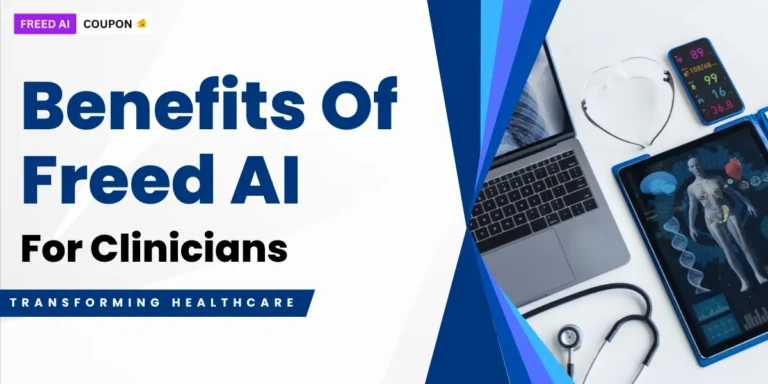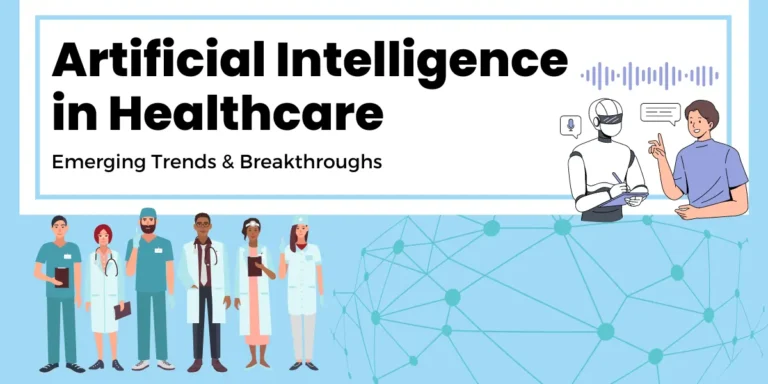
In healthcare, where change is a constant companion, technology has been leaping ahead to boost patient care. A star player in this space is the trusty AI medical scribe, waving its virtual wand over telemedicine and remote care. These brainy scribes are retooling how docs keep track of the zillion things they tackle, jacking up the quality of care they give.
AI medical scribes in telemedicine are transforming the documentation process, freeing up valuable time for healthcare professionals. By automating the capture of clinical notes, these AI-powered tools allow doctors to focus more on patient interaction and less on administrative tasks. This shift not only enhances the quality of remote care but also significantly improves the efficiency of telemedicine services.
The integration of AI medical scribes in telemedicine platforms is addressing long-standing challenges in remote healthcare delivery. With an impressive accuracy rate of 95-98%, these digital scribes outperform their human counterparts, ensuring that patient records are meticulously maintained even in virtual settings. This precision is crucial for continuity of care and compliance with healthcare regulations.
Leading this revolution, platforms like Freed AI let clinicians chill a bit, improving doc accuracy and cutting back on burnout, all while keeping patients and their smiles in mind. Shifting to AI scribes helps tackle some of the headaches of EHR use, like the fatigue from paperwork overload. In the States, provider notes are practically novels compared to those in other regions, making AI scribes a welcome relief.
Training healthcare folks and creating patient-friendly guides are key to making AI scribes work smoothly in telemedicine. This tech not only happens to boost care quality but makes sorting through patient docs a breeze in remote care.
How AI Medical Scribes Work
AI medical scribe technology combines Natural Language Processing (NLP) and Machine Learning algorithms to understand medical conversations and convert them into structured clinical notes
| 1. Natural Language Processing (NLP) | Allows AI scribes to comprehend medical terminology and context, parsing complex jargon and patient narratives into coherent documentation. |
| 2. Machine Learning Algorithms | Enables AI scribes to learn and improve over time, becoming more adept at recognizing patterns and determining clinically relevant information. |
| 3. Electronic Health Records Integration (EHR) | Ensuring accurate and easily accessible patient information, reducing the administrative burden on healthcare providers. |
Advantages of AI Scribes in Telemedicine
AI scribes are shaking things up in the telemedicine game, turning the tide on how care is dished out remotely. They've got healthcare folks doing less of the boring paperwork, freeing them up to do what they were born to do—focus on healing and helping their patients feel their best.
AI scribes streamline telemedicine workflows by capturing patient information in real-time during virtual consultations. This allows physicians to maintain eye contact and engage more naturally with patients, improving the overall telemedicine experience.
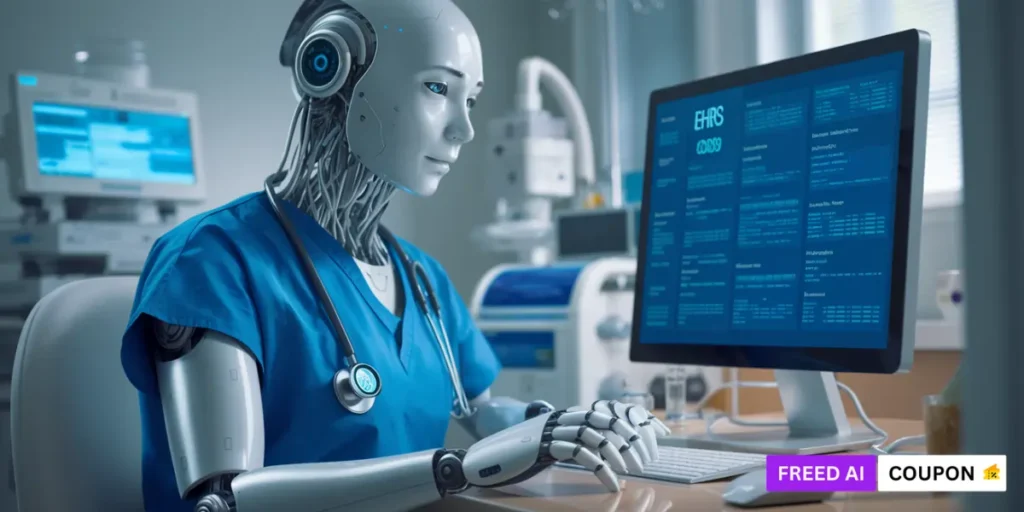
AI scribes integrate smoothly with existing telemedicine systems and EHRs, ensuring that patient records are easily accessible for remote care. This integration facilitates continuity of care and enables healthcare providers to access comprehensive patient information from anywhere.
If you want to see this in action, peep integrating ai medical scribes with electronic health records.
With an impressive accuracy rate of 95-98%, AI scribes outperform human scribes in telemedicine settings. This precision in medical documentation minimizes errors, ensures regulatory compliance, and supports proper patient care in remote consultations.
Big win with AI scribes? They let docs focus on the folks in front of them. Free from the clutches of keyboards, docs can spend more quality time eyeballing patients, leading to happier campers and healthier outcomes.
By handling non-clinical tasks and reducing administrative burden, AI scribes give healthcare professionals more time to focus on patient care during telemedicine visits. This leads to improved provider efficiency, job satisfaction, and a higher quality of remote care delivery.
| Benefits of AI Scribes | Statistics/Details |
|---|---|
| Documentation Accuracy | 95-98% accuracy rate |
| Time Savings | Gives docs an extra hour a day |
| Patient Interaction | Extra doctor-patient time, shooting satisfaction through the roof |
AI scribes aren't just another tool—they're the secret sauce behind making remote patient care slick and smooth.
Boosting Quality Care
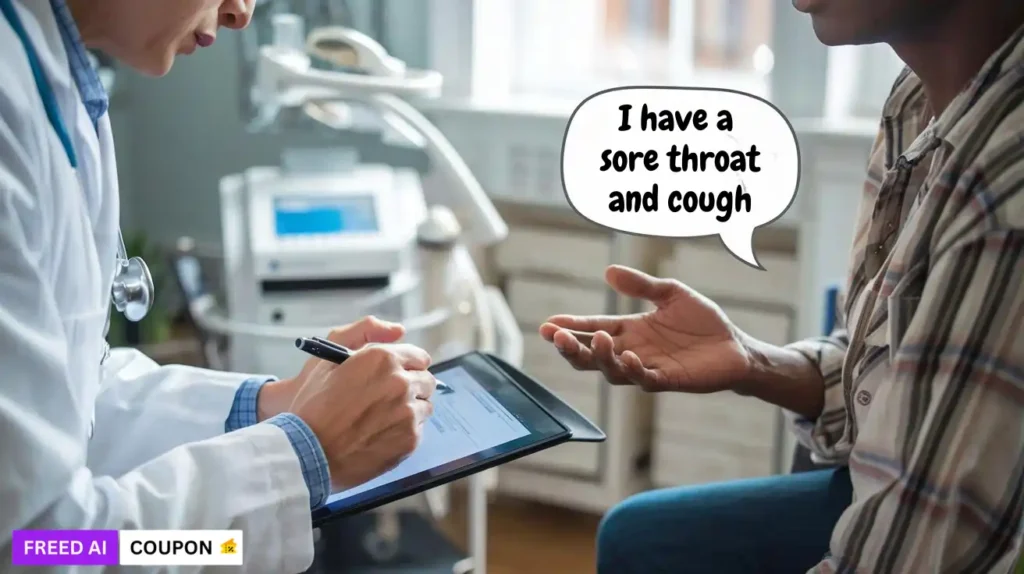
If you've ever seen a doctor tapping away at a computer, that's Electronic Health Records (EHR) in action. AI scribes cut down this screen time, allowing doctors to actually look up and talk to patients, boosting both experience and satisfaction. By turning talk into text, they create spot-on medical notes quickly and efficiently.
Cutting Down on Admin Chores
AI scribes take over the nitty-gritty of documentation and coding, freeing up doctors to focus more on their patients. This transfer of tasks lightens the load, making room for better patient results and happier doctors.
Keeping the Workflow Smooth
These AI helpers mesh naturally with EHR systems, making sure patient info is just a click away. This smooth transition is a game changer, especially when you’re dealing with telemedicine. With patient records being easily accessible, doctors can provide care without interruptions.
Productivity and Happiness Boost
By lowering the stress of endless paperwork, AI scribes help doctors feel more fulfilled. Less time on admin tasks means more patient time, leading to happier healthcare providers and an obvious rise in the care quality they can offer.
Spot-On Documentation
With an accuracy rate of 95-98%, AI scribes outshine their human counterparts, who come in at 85-90%. This precision in record-keeping minimizes errors and supports proper patient care as well as legal compliance.
Case Studies and Success Stories
Real-world examples demonstrate the transformative power of AI scribes:
1. The Permanente Medical Group: This leading healthcare organization has successfully adopted ambient AI scribes, reporting significant improvements in clinical efficiency and patient satisfaction
| Features | AI Scribes | Human Scribes |
|---|---|---|
| Accuracy | 95-98% | 85-90% |
| Time-Saving | 1 hour/day | N/A |
2. Freed AI implementation: Numerous clinics using Freed AI's platform have reported substantial time savings, improved documentation accuracy, and enhanced patient interactions.
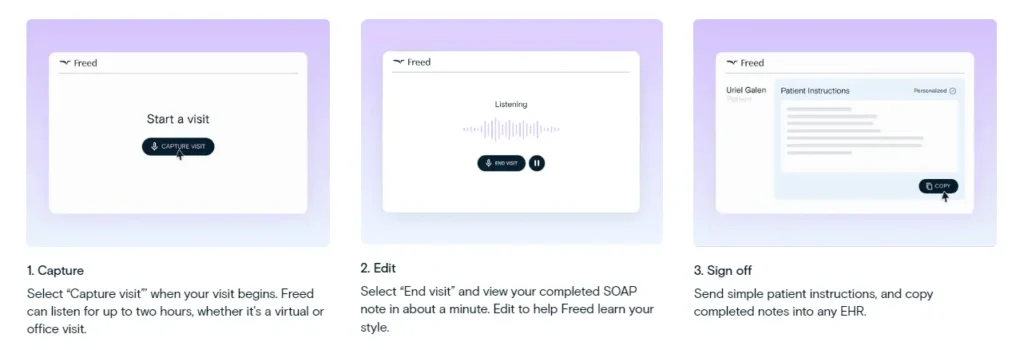
Checkout our detailed Freed AI Review and Freed Coupons, if you want to save some bucks!
These success stories are encouraging more healthcare providers to consider AI scribes as a viable solution to their documentation challenges.
Comparative Analysis: AI Scribes vs. Human Scribes

When it comes to telemedicine, understanding the differences between AI scribes and human scribes can be crucial for optimizing remote patient care. Here’s a comparison to help you make an informed decision:
| Feature | AI Scribes | Human Scribes |
|---|---|---|
| Availability | Available 24/7, ensuring continuous support during telemedicine sessions. | Limited hours |
| Cost | Initial investment with long-term savings, as there are no ongoing salary expenses. | Ongoing salary expenses |
| Scalability | Highly scalable, capable of handling multiple telemedicine sessions simultaneously without additional resources. | Limited by human resources |
| Specialization | Can be easily tailored to specific medical fields through advanced algorithms and training data. | Requires individual training |
By leveraging AI medical scribes in telemedicine, healthcare providers can enhance the efficiency, accuracy, and overall quality of remote patient care, making it a compelling choice over traditional human scribes.
Read our article on 👉🏻 AI Medical Scribes vs Human Scribes for an in-depth comparison.
Wrap-Up
AI medical scribes are shaking up remote patient care and virtual check-ups. They’re really cutting down on the mountain of paperwork, which gives healthcare pros a huge boost in how much they can get done and makes them happier in their work. Less burnout means they can give more of their mojo to patients, whether it's at a clinic or through a screen.
These digital helpers are making interactions between patients and doctors way smoother. When docs don’t have to type notes like a court stenographer, they get to actually chat with patients more effectively. Save an hour from staring at a screen, and suddenly, doctors can focus that time on genuine face time with their patients.
Products like Freed AI let providers hang with patients a bit longer, make fewer oopsies in notes, and just lift the entire care vibe. These AI smarts are flipping the script on how docs do their thing. With these tech tools, accuracy is through the roof—around 95-98%—leaving old-school human scribes trailing behind with their 85-90% accuracy. It's a game-changer in keeping patient files spotless and up to speed with EHR rules.

